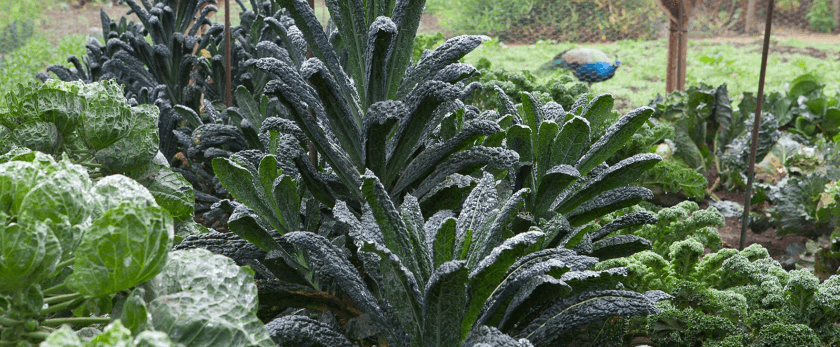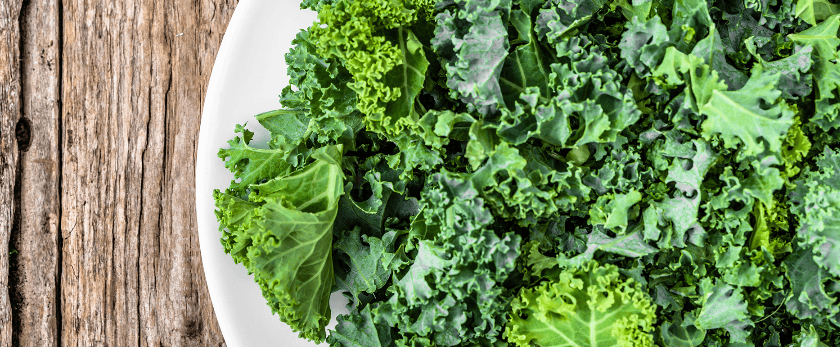Kale has become a popular superfood in recent years, and for good reason. Not only is it packed with nutrients and antioxidants, but it is also easy to grow and can be harvested multiple times throughout the year. Plus, growing your own kale is a great way to reduce your carbon footprint and promote sustainable living. In this article, we will discuss how to grow kale in your own backyard, balcony, or even indoors, and provide tips for caring for your plants, the best time to grow, and common problems you may encounter.
How to Care for Kale
Watering
Kale plants require consistent moisture to thrive, but they do not like to be waterlogged. The best way to water your kale is to give it a deep watering once or twice a week, depending on the weather and soil conditions. This will encourage deep root growth and help the plant withstand dry spells. Avoid overhead watering, as this can lead to fungal diseases. Instead, water at the base of the plant to keep the leaves dry.
Light
Kale is a cool-season crop and prefers full sun to partial shade. It can tolerate some shade, but too much can result in leggy plants with smaller leaves. If you are growing kale in a hot climate, providing some shade during the hottest part of the day can help prevent the leaves from wilting. If you are growing kale indoors, place it near a window that receives at least 6 hours of sunlight per day.
Soil
Kale grows best in well-draining, fertile soil with a pH between 6.0 and 7.5. If your soil is too acidic, you can add lime to raise the pH. If it is too alkaline, you can add sulfur to lower the pH. It is also beneficial to add compost or aged manure to the soil before planting to provide nutrients and improve soil structure.
Fertilizer
Kale is a heavy feeder and requires regular fertilization to produce healthy, abundant leaves. You can use a balanced organic fertilizer or a slow-release fertilizer at the time of planting. Then, side-dress the plants with compost or a nitrogen-rich fertilizer every 4-6 weeks throughout the growing season. Be sure to follow the instructions on the fertilizer package and avoid over-fertilizing, as this can lead to stunted growth and reduced flavor.
Pruning
Pruning is not necessary for kale plants, but it can help promote bushier growth and prevent overcrowding. You can remove any yellow or damaged leaves as they appear, and trim off the top 1-2 inches of the plant when it reaches about 8 inches tall. This will encourage the plant to produce more leaves from the sides, resulting in a fuller, healthier plant.

What is the Best Time to Grow Kale?
Kale is a cool-season crop and can be grown in both spring and fall. In areas with mild winters, it can also be grown throughout the winter. The best time to plant kale depends on your location and climate. In general, kale can be planted 2-4 weeks before the last frost in spring and 6-8 weeks before the first frost in fall. If you are growing kale indoors, you can start seeds at any time of the year.
Common Problems with Kale
While kale is a relatively easy plant to grow, it can still face some common problems. Here are a few issues you may encounter and how to address them:
- Pests: Aphids, cabbage worms, and flea beetles are common pests that can damage kale plants. You can use organic pest control methods such as neem oil or insecticidal soap to control these pests.
- Diseases: Fungal diseases such as powdery mildew and downy mildew can affect kale plants, especially in humid conditions. To prevent these diseases, avoid overhead watering and provide good air circulation around the plants.
- Bolting: Bolting is when the plant produces a tall flower stalk and stops producing leaves. This is caused by high temperatures and can be prevented by planting kale in the cooler months or providing shade during hot weather.
- Nutrient deficiencies: Kale plants may show signs of nutrient deficiencies, such as yellowing leaves, if they are not receiving enough nutrients. Regular fertilization and adding compost to the soil can help prevent this issue.
Conclusion
Growing kale is a rewarding experience that not only provides you with a nutritious superfood but also promotes sustainable living. By following the tips and techniques outlined in this article, you can successfully grow kale in your own backyard, balcony, or even indoors. Remember to care for your plants by providing adequate water, light, and nutrients, and be on the lookout for common problems that may arise. With a little bit of effort, you can enjoy fresh, homegrown kale throughout the year. Happy gardening!










